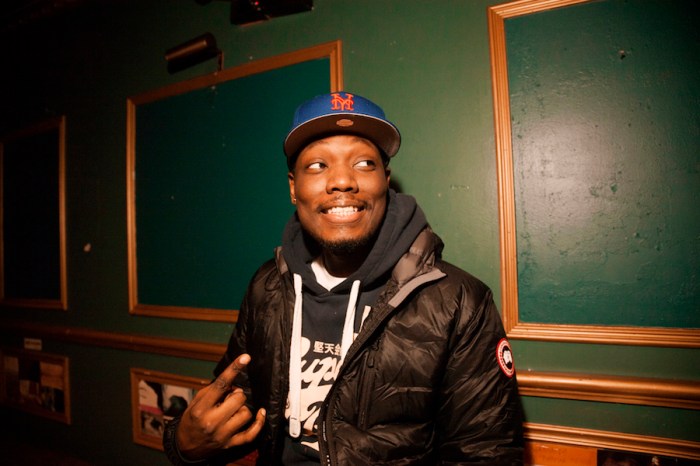Right now, the entire country is engaging in a passionate debate about race and the criminal justice system in America, a topic that continues to dominate headlines. A new book written by criminology scholars, “Deadly Injustice,” uses statistics and real-life court cases to show exactly what Americans’ views on race are, and how it influences the decisions made within our legal system. We talk to one of the authors, George Mason University Criminology, Law and Society professor Devon Johnson to dig a little deeper. Related: Local artists see Black Lives Matter art show as continuation of marches
The bulk of the book focuses on Trayvon Martin. What was it about that case in particular that embodied everything you wanted to talk about?
We started developing ideas for the book right after the acquittal of George Zimmerman. The case brought a lot of issues together such as the public perception of who is suspicious and who is a criminal, police profiling and the court system. How did social media play a role?
It had a very significant impact on what happened with the case. We know these types of situations have happened many times in the past, but they hadn’t garnered this level of national attention. Trayvon’s parents filed an online petition to bring attention to the case and put pressure on the prosecutor’s office. It was a turning point in that way. Related: Zimmerman juror talks about Trayvon Martin case, verdict Millennials and young people really paid close attention to this case, largely because of social media.
Yes. And they can relate to it because he was a young guy and these experiences, particularly for young black men, are experiences that they have every day. … We saw national level protests that were organized through social media. Police brutality against blacks and Latinos now regularly make the news. What do you think this will mean for society long-term?
That’s a big question. Right now we’re seeing a continuation of historical trends and patterns. This is not anything new. It’s getting significant attention right now, particularly because we have video evidence in some of these cases, which we did not have before, and that visual is very striking for the media to use in their stories. People of color tend to distrust the criminal justice system more than white folks, but I think for everyone, this is a time where people are really questioning the legitimacy of the criminal justice system. Related:Look back: One year since Eric Garner died on Staten Island The book shows that people perceive neighborhoods with black people as more dangerous, and it’s something people do automatically, not consciously. Do you think this is something that can be changed? I remain optimistic, but these are entrenched problems and patterns with a historical legacy. I do believe more dialog and increased contact can address some parts of this epidemic, but it isn’t going to happen overnight and it’s going to take a sustained effort. Follow Emily on Twitter:@EmLaurence


















